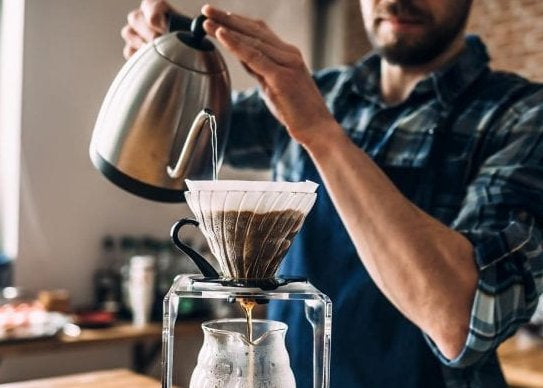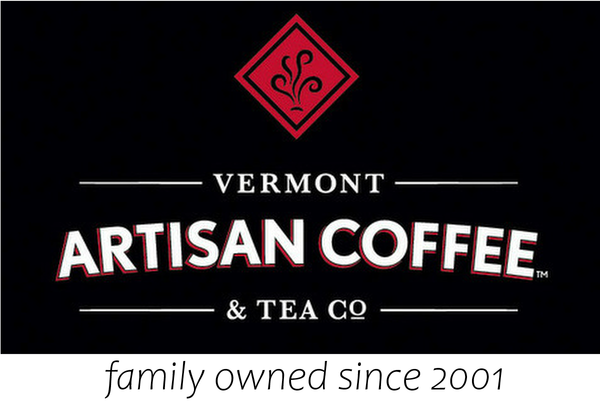
Brewing Methods Compared - Perfect Daily Grind
Looking for a new coffee brewing device? You’ve got a lot to choose from. And every single one will produce a different coffee taste – not to mention have different levels of difficulty.
This variety is one of the great things about specialty and third wave coffee: it’s easy to find the perfect cup for you. But experimenting can also be daunting. Never fear: we’ve summarized the differences between the main brewing devices, along with some handy tips.
The Hario V60
Named for its characteristic 60° cone, this is a popular pour over/drip brewing device. It offers consistency and a delightfully clean flavor profile. It’s also easy to experiment with extraction parameters, such as water temperature, grind size, and coffee to water ratio.
Use a medium to fine grind size and, after letting it bloom, pour water in concentric circles directly on the coffee bed. You may want to try pulse pouring, where you pour small amounts of water at a time.
Brew if: You want a clean cup, you want to manipulate recipes, and you don’t mind a little bit of a challenge.
The Chemex
The Chemex is, visually speaking, a show-stopper. In fact, it even has a place in the Museum of Modern Art in New York. What’s more, unlike many other pour over devices, you can brew up to eight cups at a time.
As for the coffee, the great thing about this brewer is its filters. They’re thicker than average, keeping lots of oil out of the final cup. However, due to the Chemex’s deep v-shape, it can be harder to ensure consistency in brewing.
Oh, and unlike most pour overs, a Chemex normally works better with a medium-coarse grind.
Brew if: You value extremely clean coffee, you want to brew pour over coffee for more than one person at a time, consistency is not your highest priority.
Moving onto immersion…
The Clever Dripper
This device might look more like a pour over, but it’s actually a combination of filter and immersion. With a valve at the bottom, you immerse the coffee grinds in water completely so that extraction can take place. Then, when you’re ready, you open the valve and the coffee filters out. In terms of grind size, you’ll want a medium-coarse setting.
Brew if: You want the best of both worlds, or you really value consistency.
The French Press
One of the most well-known and simple coffee-making tools around, the French press is often (although not always) looked down on by specialty drinkers. However, a few simple tricks can improve the flavour profile.
Most importantly of all, make sure that after pressing, you decant the coffee. Failure to do so will leave the brew exposed to the grounds, continuing to extract. And since bitter compounds are the last ones to extract, you can end up with a mouth-puckering cup of coffee.
Normally a course grind is recommended, but some people report better results when they experiment with grind and immersion time.
Brew if: You like body and a simple brewing method.
Time for the espresso – or “espresso-ish” – devices…
The Home Espresso Machine
For those who really love their espresso, there are few substitutes for a home espresso machine. However, it’s a hefty investment – both in terms of the initial machine and any add-ons. A new, high-quality prosumer espresso machine will start from around US $500 in price.
Alternatively, you can purchase portable/handheld espresso makers. These will have less features than a home espresso machine and can be of varying quality. However, they are also typically cheaper and can be used when camping or travelling.
Of course, brewing espresso coffee is completely different from pour over or immersion: you’re talking extra fine, ground coffee that you tamp before placing in the portafilter; a short and sweet brew time; and great opportunities for recipe manipulation (depending on your machine quality).
Brew if: You really love your espresso, and don’t mind the price tag.
